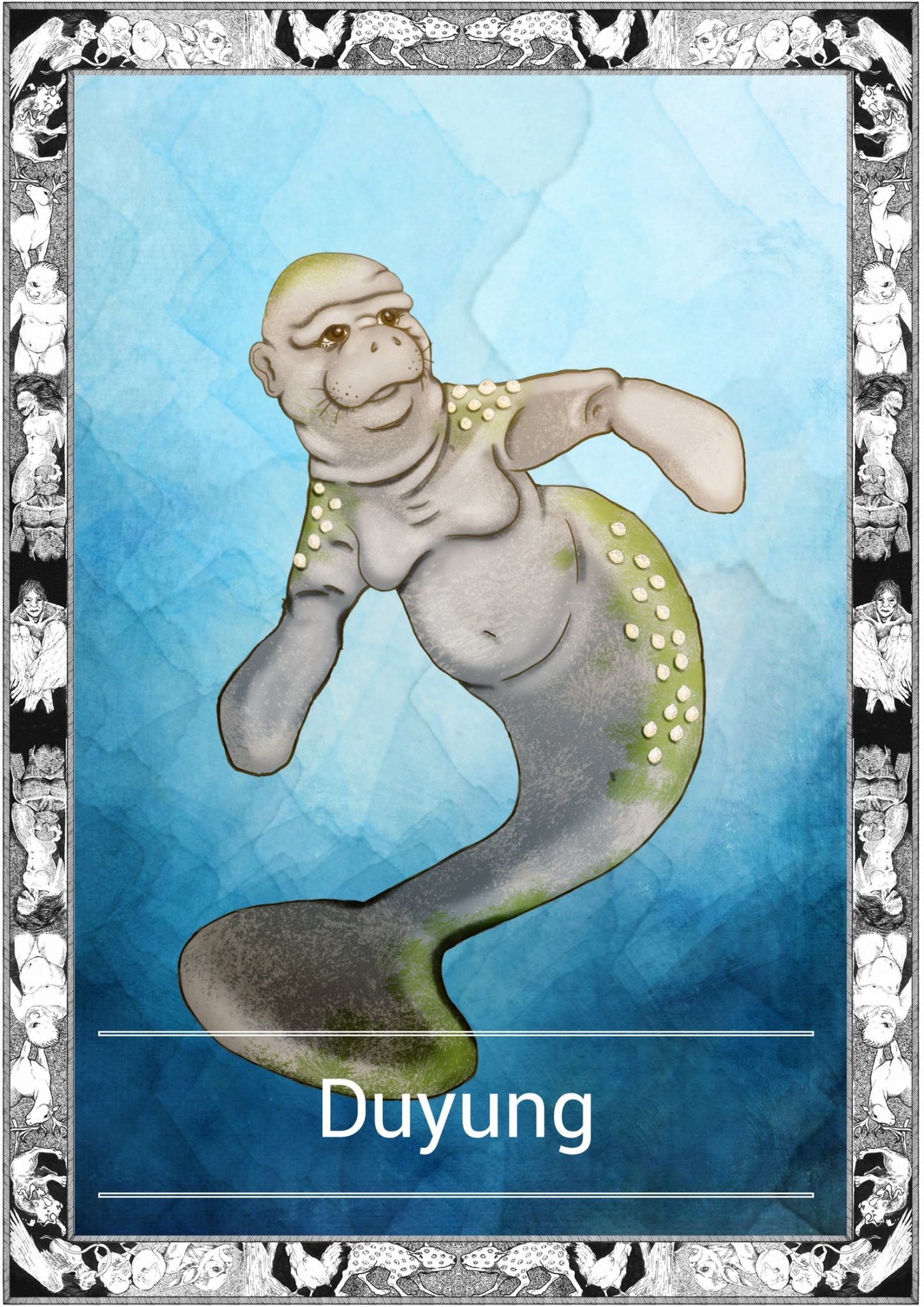
*Note this story is in Bicol-Naga
Ang manga pila asin bakrus sa takyag kan babaye testamento kan naging buhay niya. Dae niya maintindihan kun tano pinalad siyang makakua nin maisog na agom na dae ngani makatao saiya asin sa manga aki kan saindang panganga-ipo, pero nagdesision siyang mag-tsaga.
Ang baybayon pirme nang natao saiya nin katuninongan. Duman sa baybayon may dakulang gapo na kun saen dinadara niya ang saiyang umboy kada tapos nin pagbudal saiya kan agom. Duman ang saiyang manga luha nasumaro sa dagat. Mayo siyang madadalaganan, alagad ang dagat nakaka-tao nin ginhawa, maski para mentras o maghaloy pa man.
Bilang agom may tungod siya, sarong obligasyon sa sarong lalake na parasugal asin buratsero, pero tungod pa nangad. Inako kan babaye ang saiyang palad alagad magabaton na ang manga pila asin bakrus.
Sarong banggi, ang sobra ─ tama na. Ang babaye nagdulag, nagduman sa baybayon para isalbar ang sadire asin buhay kan saiyang aki. Asin duman sa may dakulang gapo nagparahibe. Hinibian niya ang manga palad asin manga dagat. Alagad ang mas hinibian niya ang saiyang aki, ta anong futuro ang naghahalat sa pobreng umboy.
Nagparahibe siya sagkod na may makadangog.
Ang manga hibion kan babaye dinara kan manga alon sa kairarum-iraruman abot sa talinga kan diyos nin dagat. Nungka pa si diyos nin dagat naka-danggog na mamundoon na istorya sagkod pano nin dusa asin kina-hirakan niya ang babaye y ang saiyang aki.
Hale sa kairaroman kan kadagatan and diyos nin dagat nagbutwa asin hinapang ang babaye. Pinapili niya ang babaye, magistar digde sa daga o mag-iba saiya, sa irarom kan mga alon na ang kamundoan kan babaye mawawara.
Mayong puedeng pagpilian. Ora mismo ang babaye tuminango asin si diyos kan dagat binago ang babaye asin aki niya. Ang mga ine naging mga nilalang kan kadagatan.
Padagos sinasabi na itong babaye na naka-kuang consolasyon sa dagat, na inako kan saindang hadi, sagkod pa man nagsusumaro sa manga alon asin manga sabo-sabo, sagkod na sa katapusan nin panahon.
=————————————————–=
The scars and bruises on the woman’s arms were a testament to the life that she lad. She did not know why fate had chosen to give her a cruel husband that would not even provide for the needs of her and her child, but she had decided to persevere.
She had always found peace in the beach. By the shore there was a big rock where she would bring her baby after each beating her husband gave. There her tears would join the ocean. There was nowhere else she could run, but the sea afforded her some measure of comfort, for however long that would last.
She had her duty as a wife, a duty to a man who was a gambler and a drunkard, but a duty nonetheless. The woman accepted her fate, but the scars and the bruises were taking their toll.
One night, too much was enough. To save her life and the life of her child the woman fled to the beach and went by the large rock and cried. She cried to the fates and the oceans. She cried about her life and her scars. But mostly, she cried for her child, for what future would await the poor baby.
She cried until she was heard.
Far beneath the waves the woman’s cries were carried by the waves to the ears of the god of the sea. He had never heard such a tale of sadness and woe and decided to take pity on the woman and her child.
From the depths of the oceans the god of the sea emerged and faced the woman. He gave her a choice, to stay on land or to go with him, underneath the waves where the woman’s sadness would vanish.
There was no choice to be made. Immediately the woman nodded and the god of the sea transformed the woman and her baby into creatures of the sea.
So it went that the woman who found solace in the sea, was embraced by its ruler, forevermore to be one with the waves and the sea foam, until the end of time.
=——————————————–=
*Central Bicol, commonly called Bicol Naga, is the most-spoken language in the Bicol Region of southern Luzon, Philippines. It is spoken in the northern and western part of Camarines Sur, second congressional district of Camarines Norte, eastern part of Albay, northeastern part of Sorsogon, San Pascual town in Masbate, and southwestern part of Catanduanes. Central Bicol speakers can be found in all provinces of Bicol and it is a majority language in Camarines Sur.
Written by Karl Gaverza
Bicol Translation by Patricia P. SanJose
Copyright © Karl Gaverza
Translation Copyright © Patricia P. SanJose
Inspired by “The Origin of the Duyong.” in Philippine Folk Literature: The Legends. Eugenio. 2002.
Duyung illustration by Seika Mitsuya
https://www.instagram.com/seikart/
